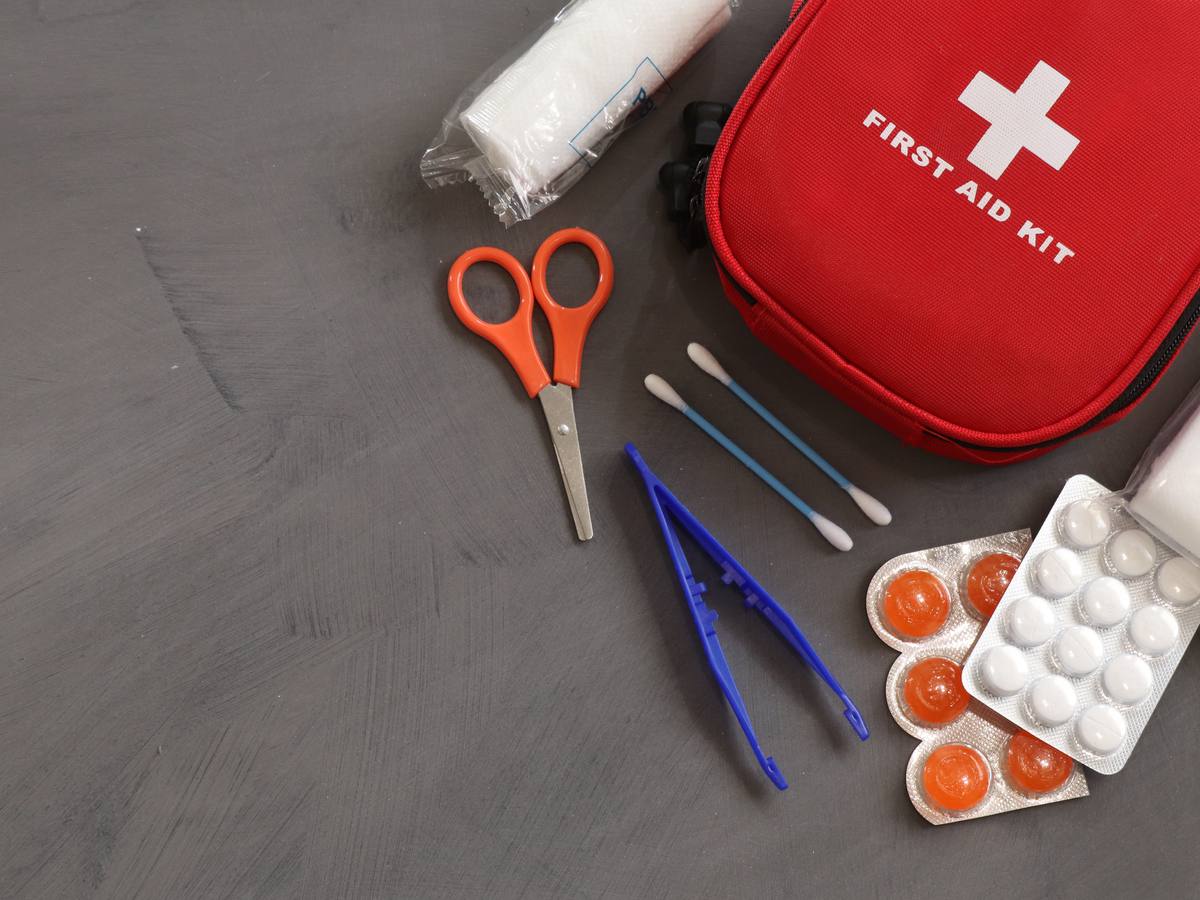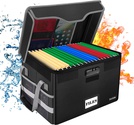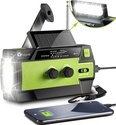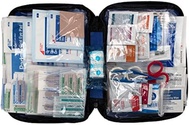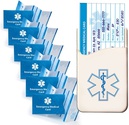Familiarize yourself with potential local disasters
To get started, it’s important to know what types of emergencies are most likely to happen. Do you live in the hurricane-prone Southeast? Or in the northeast where snow and ice storms can knock power out for a week? Perhaps you’re in the west where earthquakes tend to occur. Additionally, consider disasters that can happen anywhere, such as house fires. Once you consider the risks, you can begin to put together the rest of your plan.Family communication
Create a list of your family’s contact information and store in everyone’s phones. Then take it a step further and make wallet-sized emergency cards. Give one to everyone in the family (tip: laminate these for durability). Include all possible phone numbers of where to reach family members in the event of an emergency. Consider:- Does mom often take business trips?
- Is dad frequently deployed by the military?
- Are the children in school or daycare?
- Do older kids attend college?
Meeting places
Where will the family meet and take shelter? You’ll want to choose two places to meet up, one locally and one outside of your community. Consider different scenarios and outline in your plan where everyone should go for each one. For example, if a house fire occurs, you’ll want to meet someplace close. Also, consider any “safe spaces” to go in the house in the event of a tornado, earthquake, etc. If your community is evacuated, you’ll need to know where to meet in case phone service is out. It could be a friend or family member’s home who is out of your area, an evacuation shelter or another specified place. If anyone in your household has special needs, be sure to plan for this too.Emergency kit and evacuation plan
If you’re going to be stranded at home during the emergency, you’ll want to be sure you’re well-stocked with supplies. You’ll also need to know what to do in the event of an evacuation.- Three days of food and water
- First Aid Kit
- Emergency radio, flashlights and extra batteries
- Medications, both OTC and prescription
- Important documents, including birth certificates, insurance policies and cash, locked up in a fireproof box
- Easily portable emergency/evacuation kit
- Know how to turn off utilities
- Map an evacuation route (and an alternative) in an easily accessible format
Practice your plan
You won’t know if your plan will work in the event of a real emergency, so plan a simulated one and follow your plan. In business contingency and disaster recovery plans, organizations typically appoint a coordinator. You can do this at home too. Someone who can delegate responsibilities for each family member.“Emergency preparedness is a team sport.” ~ Eric WhitakerDuring your practice run be sure someone knows to grab the emergency kit, have your evacuation route ready (and trial drive it!) and also test your telephone chain to be sure it works. In an emergency, every minute counts so be prepared ahead of time.
